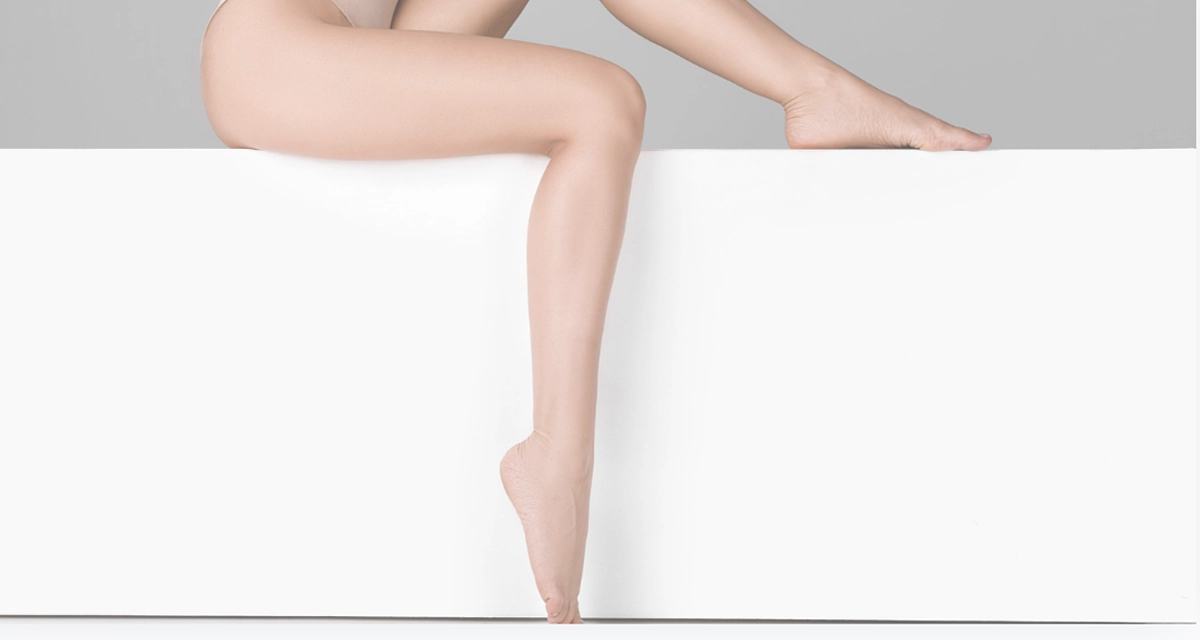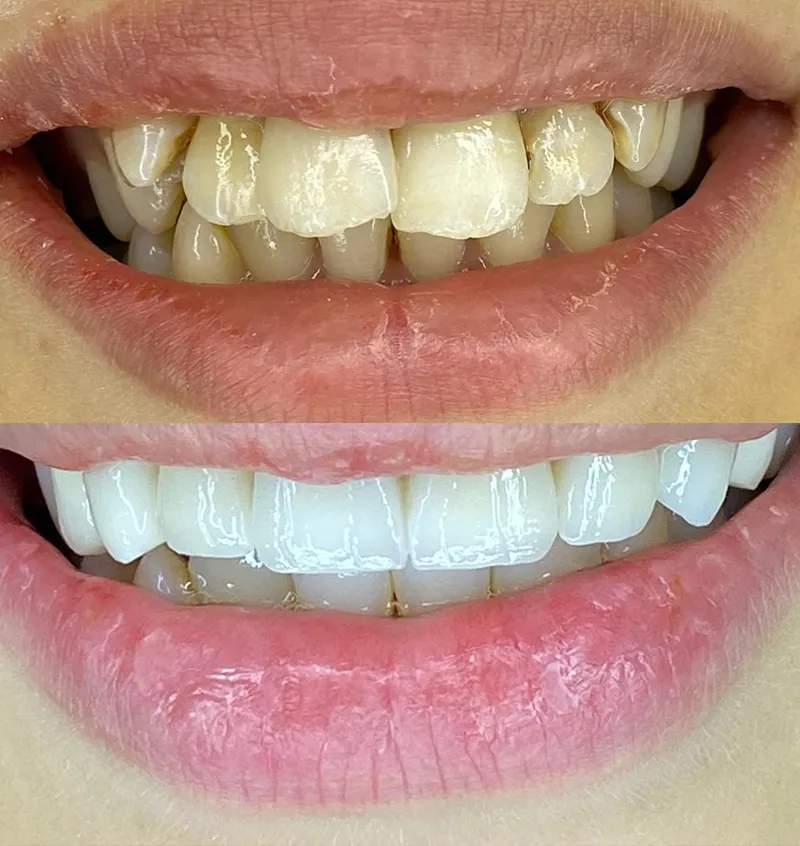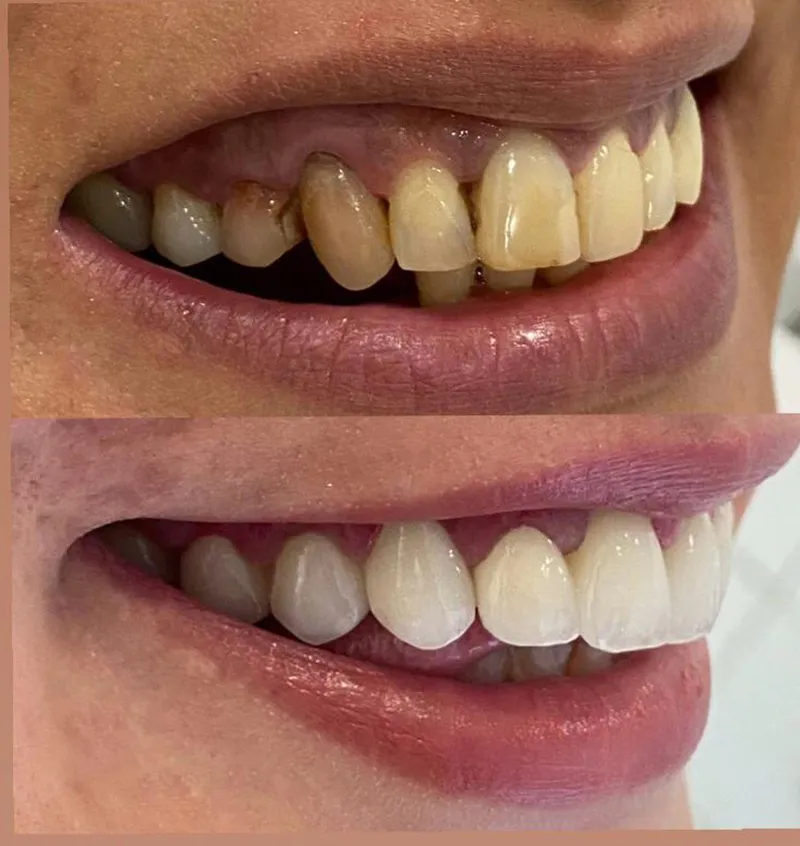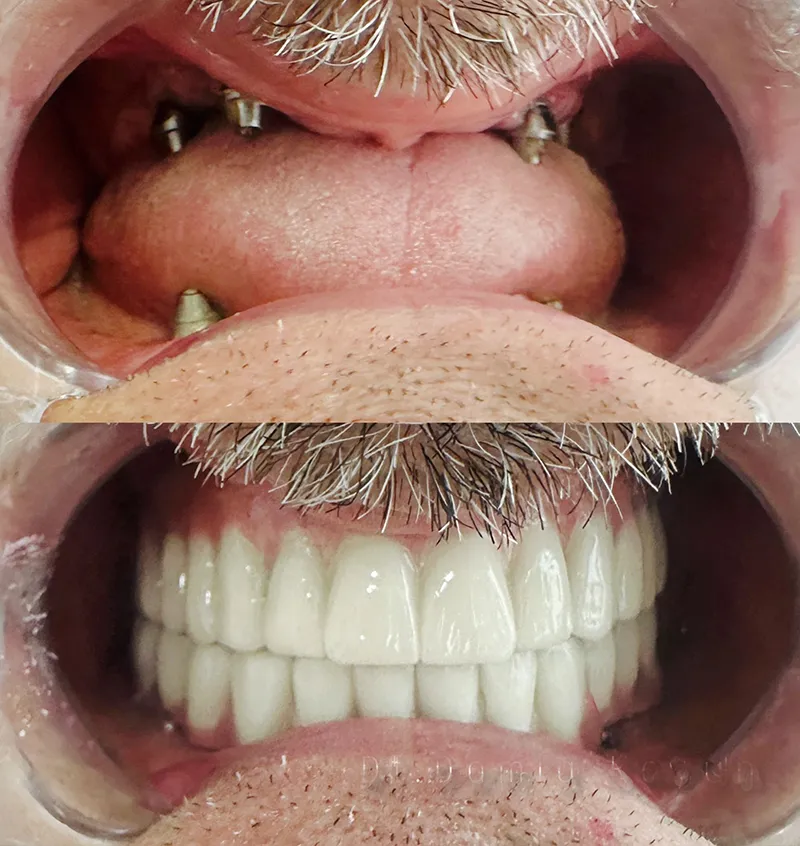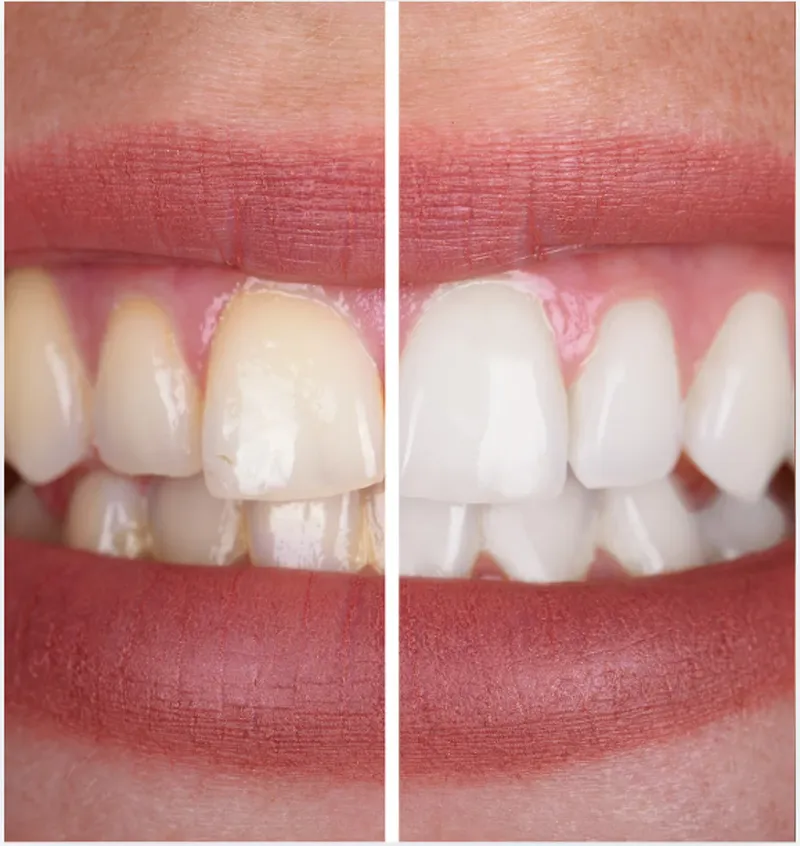LIPEDEMA TREATMENT
Lipedema
Don’t wait any longer, find out if it’s Lipedema disease
What is Lipedema: Lipedema Symptoms and Treatment Options
Lipedema Surgery
Lipedema affects 10% of women. It’s almost nonexistent in men. This is mostly caused by genetics. It can occur after pregnancy, cortisone treatments, alt extremity surgeries, or with lack of movement if the patient has a genetic disposition. Although it looks closer to obesity cases, it mostly occurs on the lower body while the upper body is unaffected.
This separates it from obesity. Although lymphedema has similar leg and hip enlargement, with the leg lift thawing can be possible, and gode accumulation can be determined by pressing. For the correct treatment, separation from obesity and lymphedema should be made carefully. Although obesity can trigger lipedema, treatment methods are very different.
How Does Lipedema Occur?
To understand lipedema, first, you need to understand the vascular system of the body. While arteries carry blood that is rich in oxygen and nutrition throughout the body, venous carry the venose blood back to the heart. Because venous is not enough to carry blood by itself, an additional system called lymph is used to achieve this. If people with genetic dispositions go through one of the conditions mentioned above, lymph is pressured with sudden fat accumulation under the skin, and circulation gets disrupted. With the increase of this disruption, edemas start to show up. These cause pain by touch, feeling cold on the legs easily, and bruises. Because these are also signs of, we can consider them as an early sign of lipedema. Every patient with lipedema goes through the phase, but not everyone with goes on to the lipedema phase. We’re finished with the definition part, now we can explain the treatment. Since the cause of the problem is the fat tissue that pressurizes the lymph and minor venous, treatment should be done by removing the fat without further harming the lymph and veins.
How Should Lipedema Treatment Be Done?
VASER Liposuction preserves the veins and lymph while removing the fat tissue. This is why it’s much preferable to classic liposuction. In classic liposuction, fat tissue is removed by breaking it apart with a cannula without any possibility of differentiating between veins, lymph, and fat tissue. This might cause lymph damage and cause additional problems while treating the lipedema. This is the reason why VASER is often classified as liposuction rather than liposuction: the separation of fat tissue from others.
If you think you have the signs of lipedema and have the conditions I mentioned above, feel free to contact us for more information and your questions.
BEFORE AFTER IMAGES


